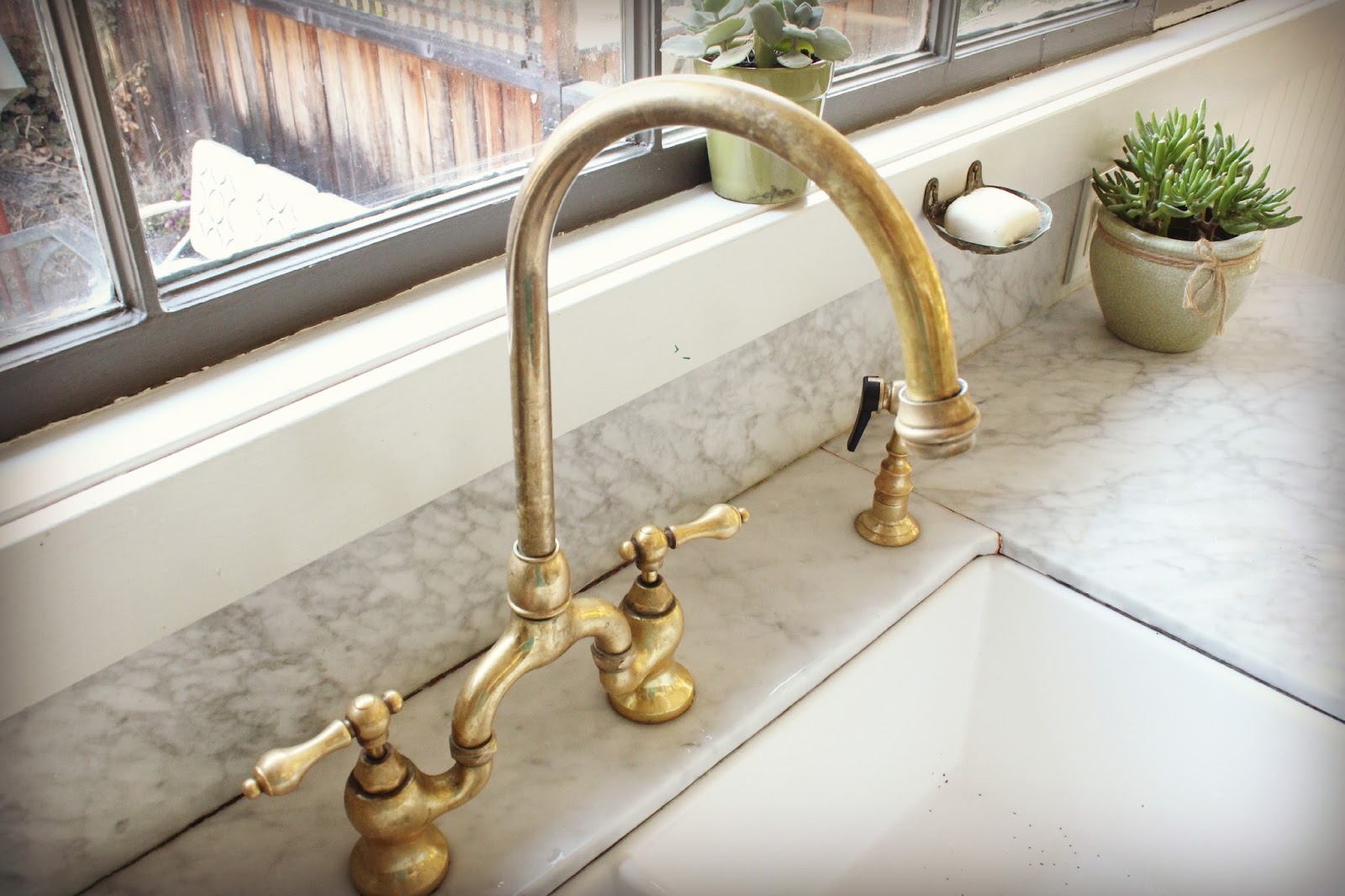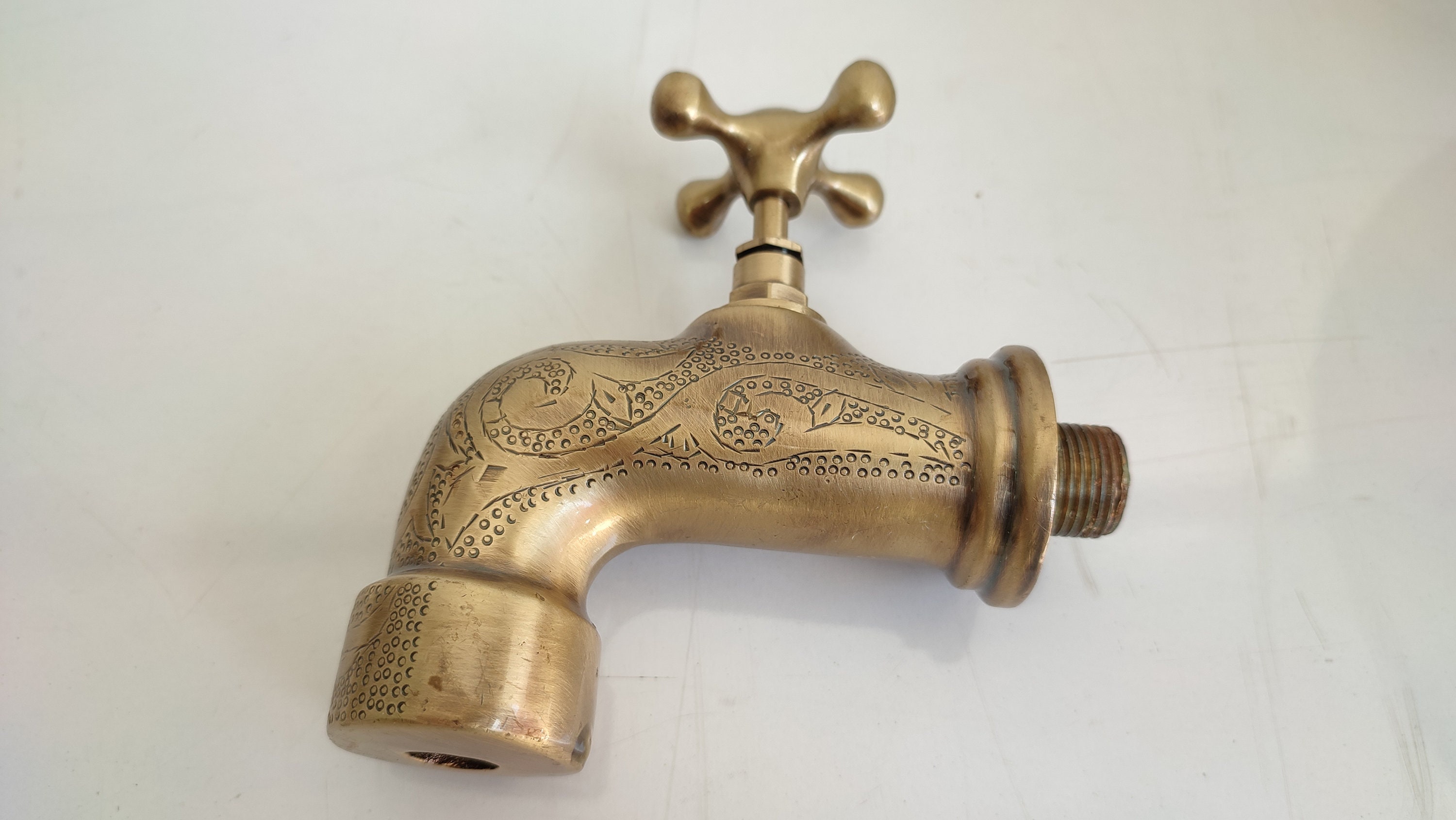
#Unlacquered brass patina plus#
It is breathtaking! It is this unique combination of clear color plus the mild warm patina that is created over time by judicious hand polishing that makes the old method of finishing and polishing by hand so special. The color of recently polished brass has a “whiteness” and sparkle about it that is obtained in no other way.

Artificial and temporary finishes such as lacquer detract from their authenticity, we believed.įinally there were overwhelming aesthetic reasons why we preferred the natural luster of highly polished brass. Second, as many of our items are reproductions of famous historical pieces, we thought it was in keeping with their character that they have the natural, hand-polished look. Before re-polishing, the old lacquer must be removed. The period of time for this deterioration will vary depending on location, atmospheric condition, temperature, pollutants, etc. Unfortunately, this condition can’t be corrected by polishing. Simply, any lacquered brass item that is useful will in time develop an impaired finish.
#Unlacquered brass patina manual#
Lacquer on items subject to abrasion from manual use, such as candlesticks, fireplace tools and desk accessories, will also discolor and break down. First, any lacquer on brass will eventually tarnish and deteriorate-particularly items that are used outdoors and exposed to the elements, like door knockers. There are three major reasons why we didn’t lacquer-one was practical and other others were historical and artistic. So when we began our business 35 years ago, we decided to hand polish each piece, and seal it in air tight bags, rather than lacquer. However, with the onset of oxidation, the lacquer will eventually deteriorate. Lacquer does not initially affect the color of the brass and is thought to eliminate the need for polishing.

Rinse the piece or wipe with a damp rag to remove any excess solution.Lacquer is a clear coating which protects and preserves the brass by sealing it from air, which oxidizes (tarnishes) it. Step 5 Remove Excess Solution Photo by Lisa Shin If there are spots that are not shaded to your liking, scrub with steel wool and reapply. You should see the surface start to change within 10 seconds. Wearing protective gloves and eyewear, use a foam brush to coat the exposed brass with darkener. Step 4 Apply The Darkener Photo by Lisa Shin Wipe with a dry rag to remove any debris.
#Unlacquered brass patina free#
Watch for a paler tone, which indicates that the spot is free of lacquer. Scrub the brass with fine steel wool to remove any remaining coating. Step 3 Scrub The Surface Photo by Lisa Shin Be careful not to dampen any electrical parts. The speed in which unlacquered brass will age depends.

This is perfect for homes featuring existing brass hardware that has already had time to age, or for those looking for a unique look once the patina starts to form, no two handles will be identical. Step 2 Wipe Off Stripper Photo by Lisa ShinĪfter 1 to 2 hours, wipe the stripper off the brass with a damp rag, rinsing where possible. Unlacquered brass is designed to naturally age over time, developing a patina with use. We used Citristrip, a mild stripper, because its thick consistency makes it easy to apply and its orange color makes it easy to spot on the brass. Brush the paint stripper onto the fixture to loosen the lacquer. Wear protective gloves and eyewear while working with paint stripper. Tape off wires or wrap them in plastic ahead of time. If your item is lacquered, you'll need to remove this coating first.

Step 1 Strip Any Coating Photo by Lisa Shin A chemical reaction rapidly oxidizes unlacquered brass for a realistic finish. Shiny brass gets an uneven, darkened patina with a naturally vintage look.


 0 kommentar(er)
0 kommentar(er)
